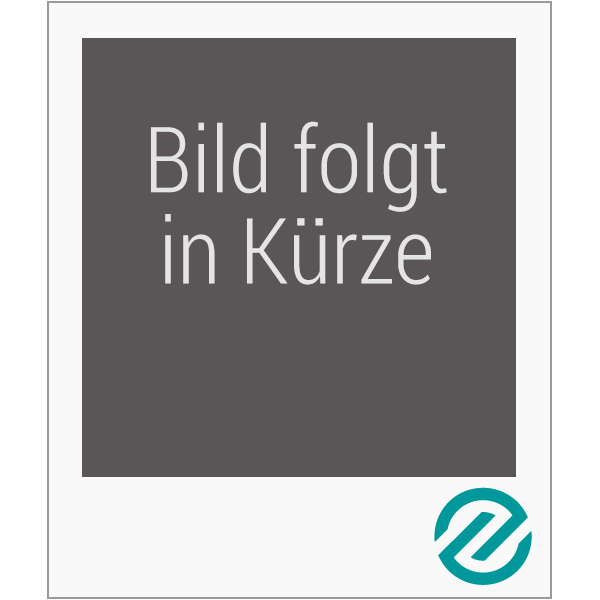Nicht lieferbar

Institutional Discourse in Cross-Cultural Contexts
Versandkostenfrei!
Nicht lieferbar
While the fields of Institutional Discourse Analysis and Cross-Cultural Pragmatics are now two well established, and rapidly growing, subdisciplines within pragmatics, the cross-section between these two areas remains underexplored. The current book attempts to explore this interdisciplinary dimension, by presenting a collection of papers dealing with cross-cultural aspects of institutional interaction, approached from a variety of methodological perspectives (such as ethnomethodology, speech act theory, and systemic-functional grammar).Two areas of institutional interaction are explored in de...
While the fields of Institutional Discourse Analysis and Cross-Cultural Pragmatics are now two well established, and rapidly growing, subdisciplines within pragmatics, the cross-section between these two areas remains underexplored. The current book attempts to explore this interdisciplinary dimension, by presenting a collection of papers dealing with cross-cultural aspects of institutional interaction, approached from a variety of methodological perspectives (such as ethnomethodology, speech act theory, and systemic-functional grammar).
Two areas of institutional interaction are explored in detail. The first is classroom interaction, where the focus is mainly on the question how foreign language learners can improve their communicative competence in a formal teaching environment. Phenomena investigated here include intonation, phatic talk, speech act realisations, and the issue of autonomous language learning. The second context is that of professional interaction in the narrow sense, which incorporates both business and academic discourse, and which includes both written (e.g. business letters) and spoken (e.g. conferencing, service encounters) modes of communication.
Given that this collection has institutional (or professional) discourse as its main focus, it is an ideal companion volume to the earlier ‘Discourse in Professional Contexts’ (edited by R. Geluykens and K. Pelsmaekers, 1999) collection published in the same series.
Table of contents:
PART I: THEORETICAL PRELIMINARIES
Chapter 1: Introduction: The Cross-Cultural Dimension of Institutional Discourse
Ronald Geluykens and Bettina Kraft
Chapter 2: Taking a Multiple Analysis Approach to Discourse
Paul Erik Flyvholm Jørgensen (Aarhus School of Business)
PART II: CLASSROOM INTERACTION IN CROSS-CULTURAL CONTEXTS
Chapter 3: Phatic Talk in Learner – Native Speaker Interaction
Bernhard Bielick (University of Potsdam)
Chapter 4: Instructional Effects on the Use of Request Acts Modification Devices by EFL Learners
Maria Pilar Safont Jordà (Universitat Jaume I)
Chapter 5: Classroom Procedures and the Development of Pragmatic Competence
Lienhard Legenhausen (University of Muenster)
Chapter 6: What does the Tonic Say in Pre-School Teacher Talk in the EFL Classroom? An Acoustic-Based Analysis of Tonicity
Riesco Bernier, Silvia & Romero Trillo, Jesús
(Universidad Autónoma de Madrid)
PART III: CROSS-CULTURAL PROFESSIONAL COMMUNICATION
Chapter 7: Requesting in Native and Non-Native Business Letters
Ronald Geluykens (University of Oldenburg)
Chapter 8: Deductive and Inductive Methods in the Teaching of Business
Pragmatics: Not an Either/Or!
Anna Trosborg (Aarhus School of Business)
Chapter 9: Lexical Density and Grammatical Intricacy in Conferencing
Eija Ventola (University of Helsinki)
Chapter 10: Complaint Sequences in Service Encounters
Bettina Kraft (University of Southampton) & Ronald Geluykens (University of Oldenburg)
Two areas of institutional interaction are explored in detail. The first is classroom interaction, where the focus is mainly on the question how foreign language learners can improve their communicative competence in a formal teaching environment. Phenomena investigated here include intonation, phatic talk, speech act realisations, and the issue of autonomous language learning. The second context is that of professional interaction in the narrow sense, which incorporates both business and academic discourse, and which includes both written (e.g. business letters) and spoken (e.g. conferencing, service encounters) modes of communication.
Given that this collection has institutional (or professional) discourse as its main focus, it is an ideal companion volume to the earlier ‘Discourse in Professional Contexts’ (edited by R. Geluykens and K. Pelsmaekers, 1999) collection published in the same series.
Table of contents:
PART I: THEORETICAL PRELIMINARIES
Chapter 1: Introduction: The Cross-Cultural Dimension of Institutional Discourse
Ronald Geluykens and Bettina Kraft
Chapter 2: Taking a Multiple Analysis Approach to Discourse
Paul Erik Flyvholm Jørgensen (Aarhus School of Business)
PART II: CLASSROOM INTERACTION IN CROSS-CULTURAL CONTEXTS
Chapter 3: Phatic Talk in Learner – Native Speaker Interaction
Bernhard Bielick (University of Potsdam)
Chapter 4: Instructional Effects on the Use of Request Acts Modification Devices by EFL Learners
Maria Pilar Safont Jordà (Universitat Jaume I)
Chapter 5: Classroom Procedures and the Development of Pragmatic Competence
Lienhard Legenhausen (University of Muenster)
Chapter 6: What does the Tonic Say in Pre-School Teacher Talk in the EFL Classroom? An Acoustic-Based Analysis of Tonicity
Riesco Bernier, Silvia & Romero Trillo, Jesús
(Universidad Autónoma de Madrid)
PART III: CROSS-CULTURAL PROFESSIONAL COMMUNICATION
Chapter 7: Requesting in Native and Non-Native Business Letters
Ronald Geluykens (University of Oldenburg)
Chapter 8: Deductive and Inductive Methods in the Teaching of Business
Pragmatics: Not an Either/Or!
Anna Trosborg (Aarhus School of Business)
Chapter 9: Lexical Density and Grammatical Intricacy in Conferencing
Eija Ventola (University of Helsinki)
Chapter 10: Complaint Sequences in Service Encounters
Bettina Kraft (University of Southampton) & Ronald Geluykens (University of Oldenburg)



